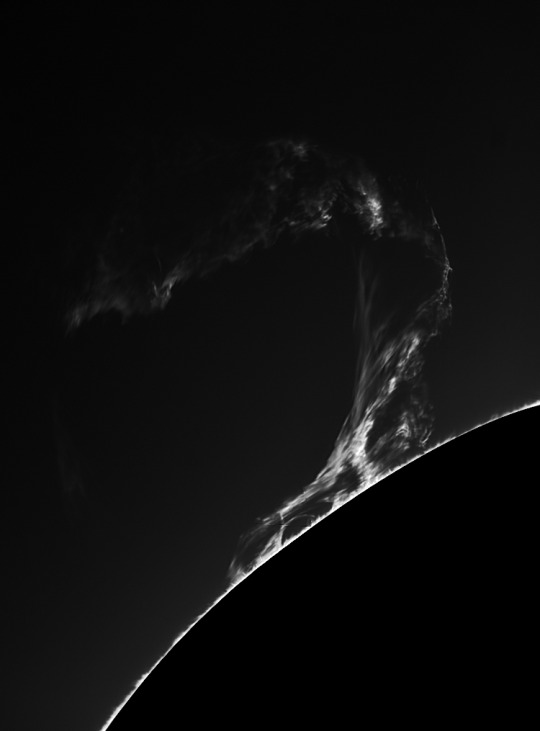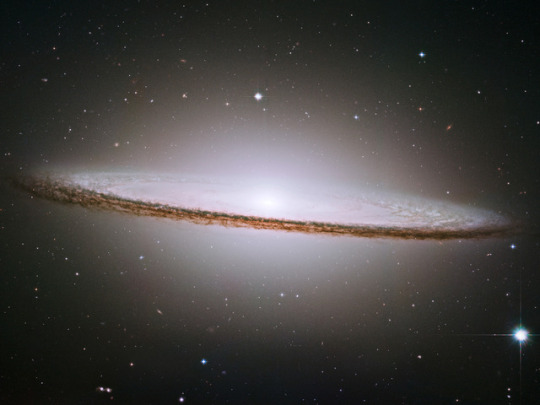Photo
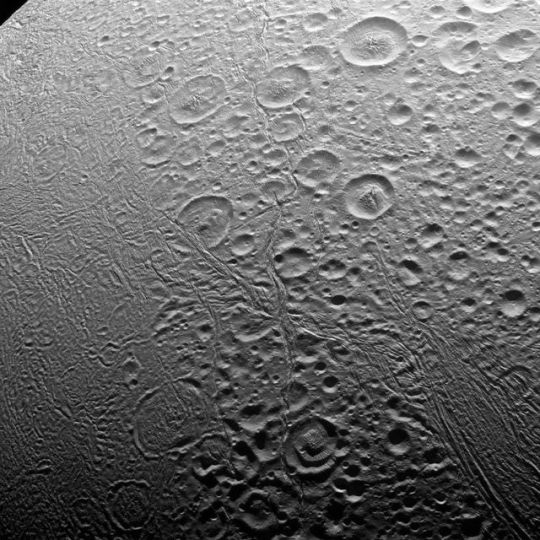
North Pole of Enceladus https://go.nasa.gov/2eQeSmi
25 notes
·
View notes
Photo
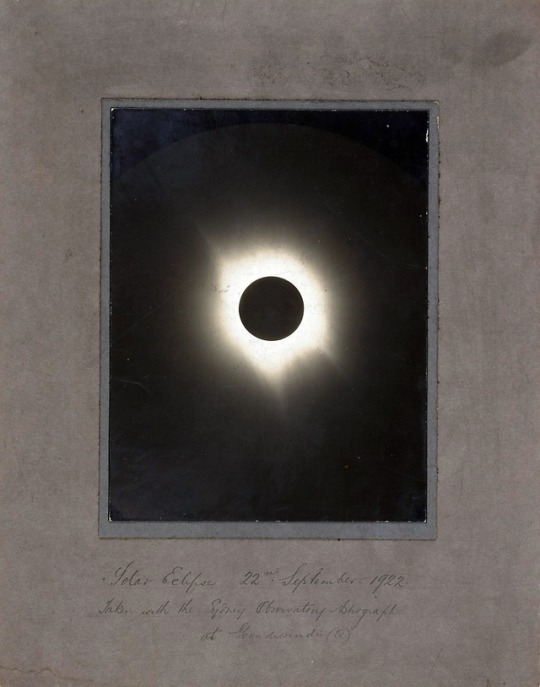
James Short - Sun in eclipse, Goondiwindi Queensland 21 September 1922
297 notes
·
View notes
Photo

Lewis P. Tabor (American, 1900 - 1974) - Untitled astronomical photograph, 1930-1931
also
172 notes
·
View notes
Photo
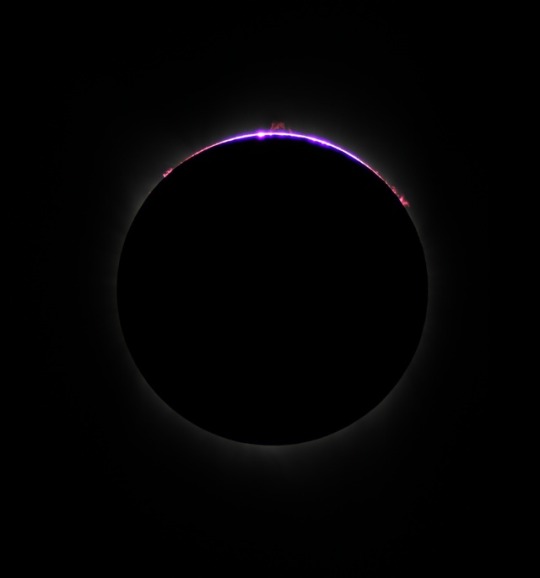
The total solar eclipse seen from Casper, Wyoming (US), by a team of ESA astronomers.
The image shows part of the Sun’s chromosphere, which sits just above the Sun’s visible surface, and appears red during a total solar eclipse. It also captures the last beads of light glinting through gaps in the rugged lunar topography.
Credit: ESA/M.P. Ayucar , CC BY-SA 3.0 IGO
16K notes
·
View notes
Photo
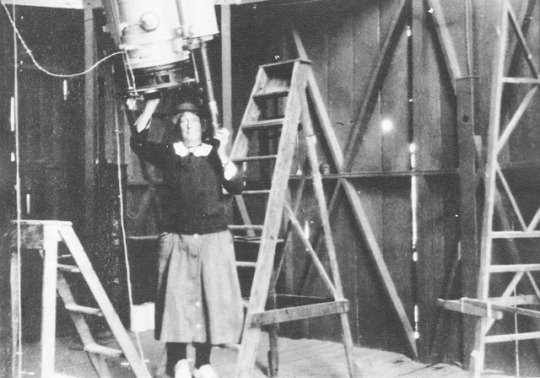
1892: Annie Jump Cannon writes to the Society
Sometimes it’s the little things that catch the blogger’s eye. In February 1892, the minutes record that the Society received a letter from Miss Annie J. Cannon of Dover inquiring about the Society’s publications. Yes, that Annie J. Cannon—the woman who discovered 300 stars and classified 225,000.
Annie Jump Cannon (1863-1941) grew up in Dover, where her mother taught her the constellations and kindled her love for astronomy. Cannon went to Wellesley College, where she studied physics and astronomy and graduated in 1884.
Then she went home to Dover. Cannon’s biographies focus primarily on her achievements, but this entry from the Society’s minutes raises the question of what life was like for her back at home. What did a highly intelligent young woman with a degree from one of the best colleges do to fill her time and feed her spirit? She did not follow the conventional pattern and get married and have children. We do know that she developed a strong interest in photography and traveled in Europe in 1892, but little more is known about this period in her life.
Annie Jump Cannon’s mother died in 1894, which spurred her to leave home to follow her dream of studying the stars. She returned to Wellesley, where she taught and studied. She also studied at Radcliffe. In 1896 she joined the staff of the Harvard Observatory, where she worked with other women astronomers classifying stars. She worked until 1940, earning many honors along the way.
So this routine bit of business raises a question worthy of further research: what was life like for Annie Jump Cannon between 1884 and 1894?
thismorningishistory.wordpress.com
2 notes
·
View notes
Photo

stars, mercury, and solar corona, photographed by stereo a, january 2009.
27 frames, photographed over 36 hours, 2nd-3rd january. the sun is out of frame right.
image credit: nasa/stereo. animation: ageofdestruction.
39K notes
·
View notes
Photo
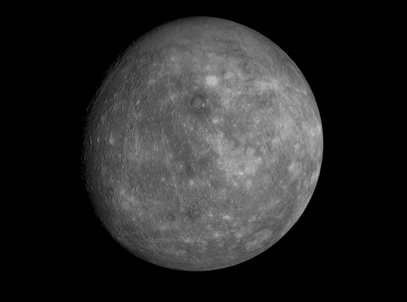
Mercury ☿
Equatorial Diameter: 4.879 km
Satellites: None
Orbit Distance: 57,909,050 km (0,39 AU)
Orbit Period: 88 Earth days
Surface Temperature: -183 to 427C°
Image credit: Nevan
2K notes
·
View notes
Photo
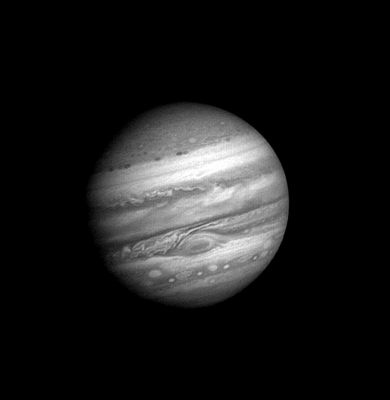
Time-lapse sequence from the approach of Voyager 1, showing the motion of atmospheric bands and circulation of the Great Red Spot.
Credit: NASA/JPL
3K notes
·
View notes
Text
Yakında kendi yaptığım ‘‘Astronomi’’ ile alakalı herşeyi burada paylaşacağım.
2 notes
·
View notes
Photo

The faint rings of Uranus, shot in 1986, are made of countless fragments of water ice containing radiation-altered organic material.
Credit: NASA/JPL/Michael Benson, Kinetikon Pictures
13K notes
·
View notes
Photo
67P/Churyumov-Gerasimenko
67P/Churyumov–Gerasimenko (abbreviated as 67P or 67P/C-G) is a Jupiter-family comet, originally from the Kuiper belt, with a current orbital period of 6.45 years, a rotation period of approximately 12.4 hours and a maximum velocity of 135,000 km/h (38 km/s; 84,000 mph) Churyumov–Gerasimenko is approximately 4.3 by 4.1 km (2.7 by 2.5 mi) at its longest and widest dimensions. It was first observed on photographic plates in 1969 by Soviet astronomers Klim Ivanovych Churyumov and Svetlana Ivanovna Gerasimenko, after whom it is named. It came to perihelion (closest approach to the Sun) on 13 August 2015.
67P and the Rosetta Mission







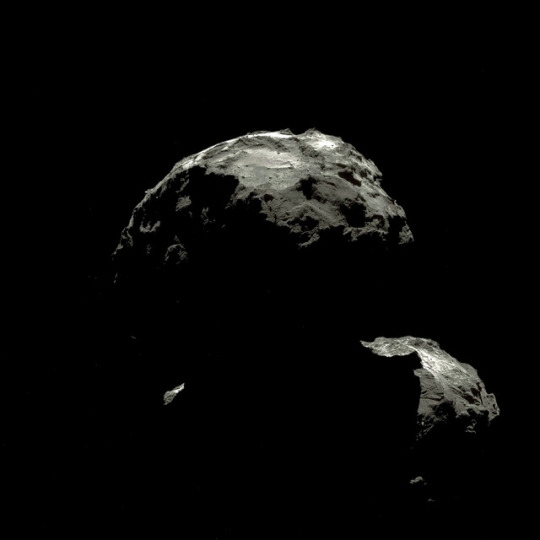
3K notes
·
View notes
Photo

Vortex on the north pole of Saturn
Credit: NASA / JPL / Cassini
2K notes
·
View notes
Photo
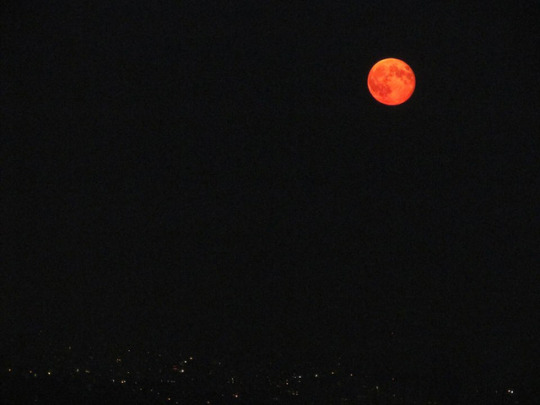
Bu fotoğrafı 11 Ağustos 2014 zamanında çekmiştim. En son 28 eylülde Tetrad(Dörtlü) serisi tamamlanmıştı. Ay’ın Dünyanın gölgesine girmesiyle almıştır ismini. Süper ay tutulması, ayın dünyaya en yakın olduğu ve çok daha parlak göründüğü zamanda meydana geliyor. Ay tutulmasında Dünya, Güneş ile Ay'ın arasına girip, Ay'ın üzerine gölgesinin düşmesiyle oluyor. Süper Ay tutulması ise bu iki olayın aynı anda meydana gelmesiyle gerçekleşiyor. Bu tutulma sırasında Dünya'nın arkasından gelen Güneş ışınları Ay'ın kızıl renge bürünmesine neden oluyor. Bu nedenle bu olay, ‘Kızıl Ay tutulması’ ya da 'Kanlı Ay tutulması’ olarak da biliniyor. Birçok efsane ve hikayeye hatta rivayetlere bazende gerçeklere göre felaketin ve hastalığın habercisidir. Astrolojide ise burçlara göre insanlar üzerinde etkisi olduğu bilinir.
0 notes
